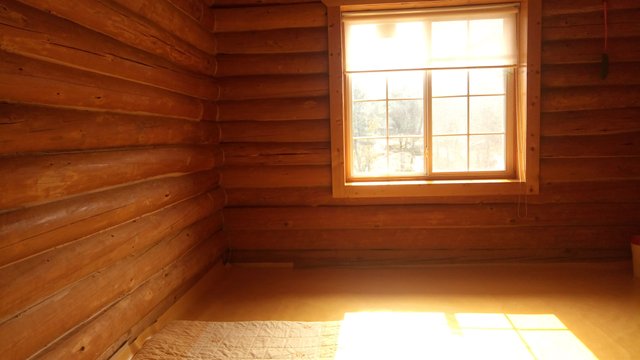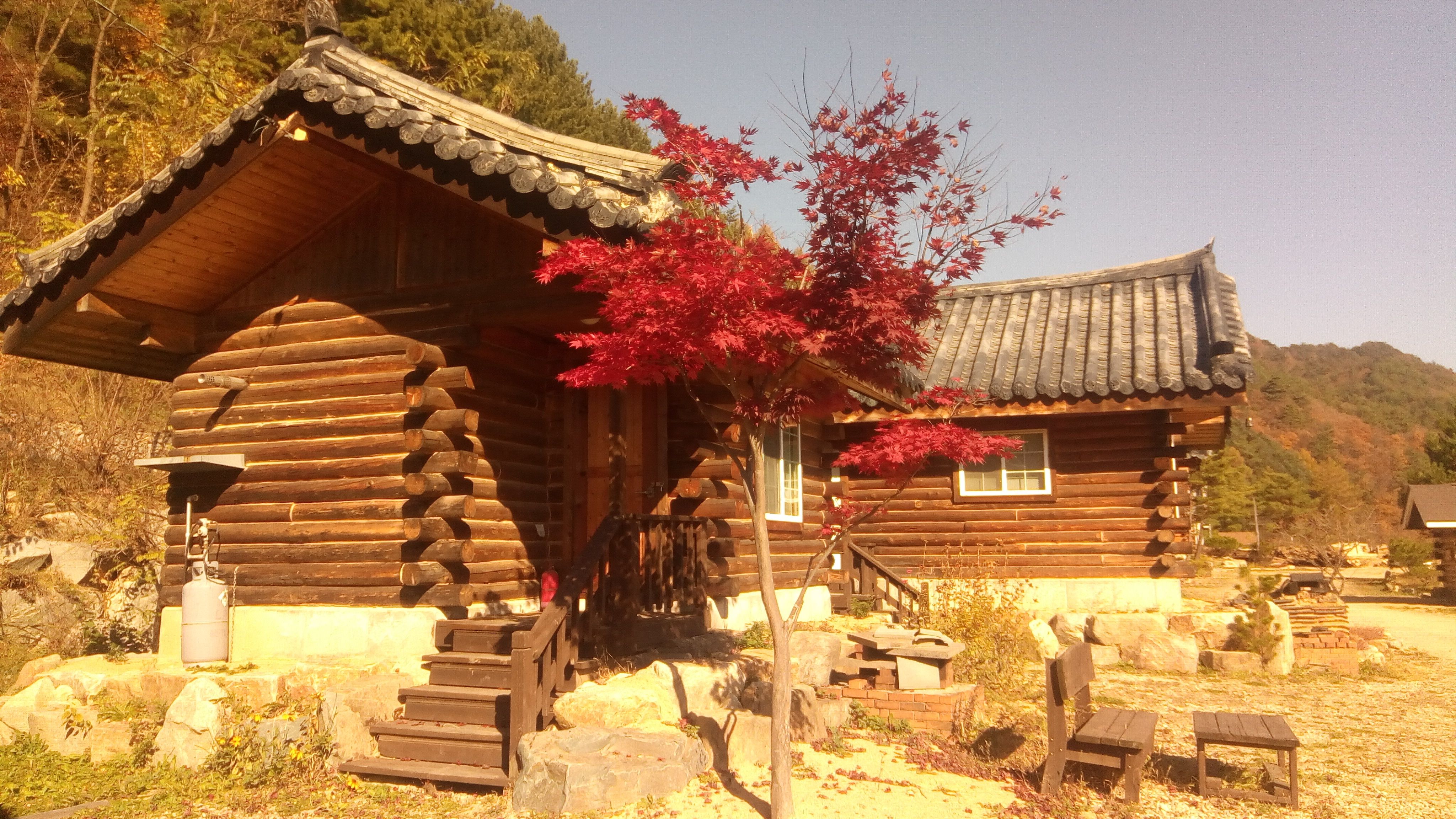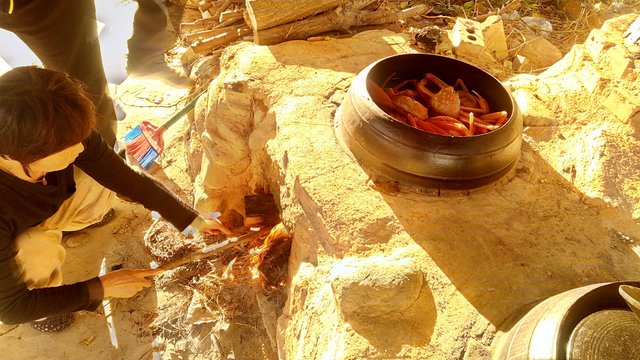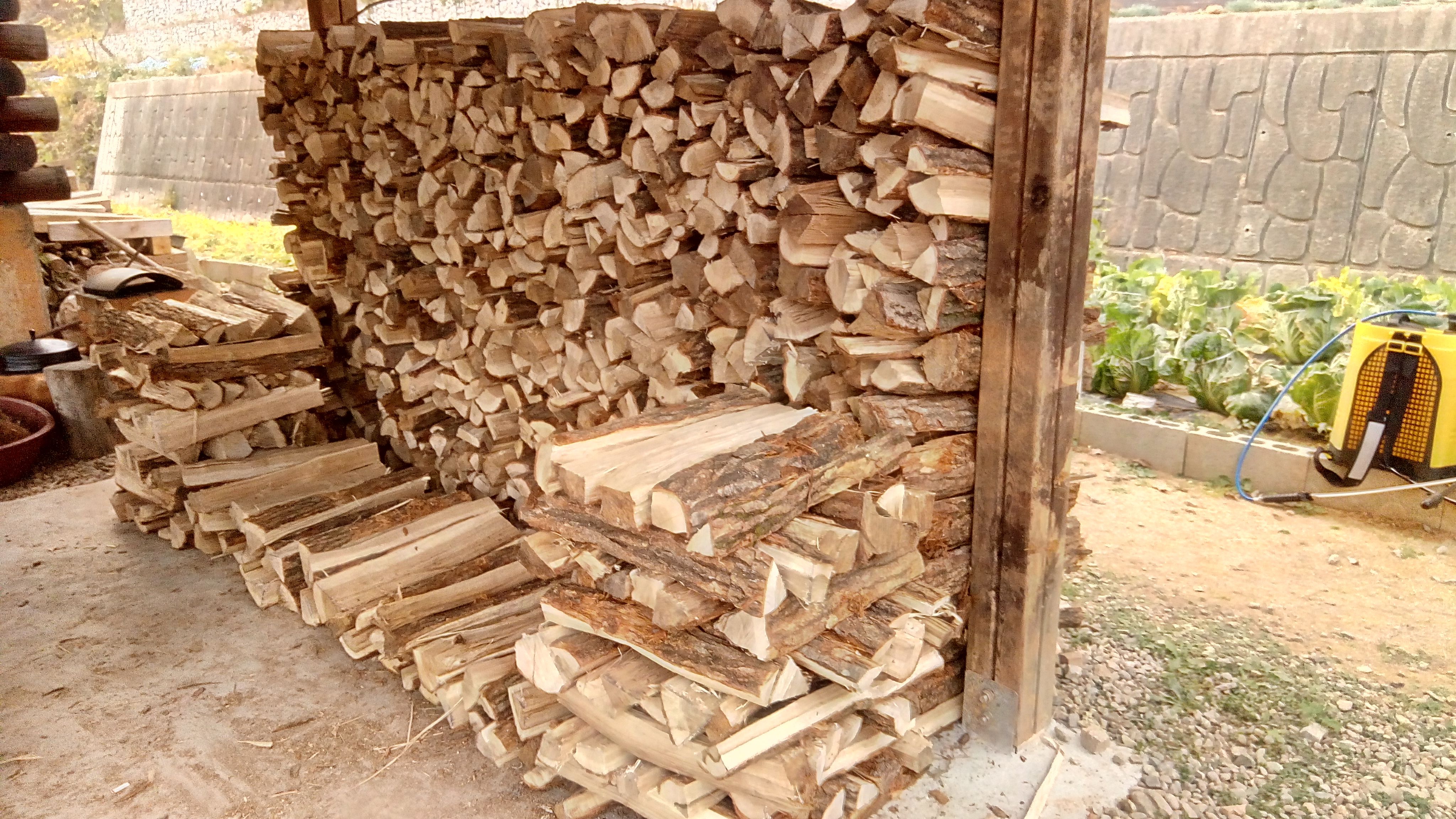Mama Kitty's farm duties in Jangpyeong Village, South Korea

The hills are red and gold with autumn. The taste of winter mingles with the aroma of kimchi and king crab broth cooked over firewood from the courtyard kitchen. I am in my tiny room in this group of cottages at a village farm in Jangpyeong. The temperature is below 5 deg Celsius, but my floor is hot, and my mattress is warm and inviting with the traditional Ondol heating system. There are tiny enclosures like a fireplace outside each of these cottages, into which we feed firewood. This warms up the whole floor evenly, but it does consume a lot of wood, and causes smoke. So it’s no longer a sustainable heating system, but very few houses remain that use this system, and the village is trying to preserve its forests, its self-sustenance, and this tradition by renting out these cottages to visitors from the city.



This is a tiny village in Pyeongchang: home to the 2018 Olympics whose symbol is the Tree of Life, yet, “a 500-year-old virgin forest was wiped out by Olympic organizers to make room for a ski slope,” says hip-hop artist and educator Rapper Mint over coffee, while I recount my tales at the farm.

Towards the end of my trip in Jeju, I realized I wasn’t ready to go back to city life just yet (or ever). So I looked up WWOOF Korea, and found this farm in Pyeongchang. But that’s where the name-dropping ends, because for the two weeks I was here, I barely stepped out of the farm. Perched at the bottom of this beautiful hill, the farm primarily grows Korean radishes, cabbage and onions, at least in the time I was there. In exchange for six-seven hours of work everyday, I got a room to myself, and so much food! And the best days were when we cooked all of our food over woodfire ... oh man ... the flavors would simply rush into my brain and cast a spell!


The host family - caretakers of the village property - included mother, father and son. They moved to the village about ten years ago from the city and have never turned back. Porim, the lady of the house, is also a yoga instructor, and plans to organize a Kimchi + Yoga Festival in 2018.

During my two weeks there, I had the good fortune of meeting her mother and kimchi expert (I called her 할머니 or halmeoni: grandmother) who taught me many things, as well as other family members. While none of them spoke English except Porim, there was no dearth of communication: jokes, food and drinks were shared with extensive sign language.

Jaehwee - Porim's son - was excellent company, especially 'cause he was the only other person in his 30s in the vicinity, and Mongshil, the farm dog. He had my heart the moment I saw him, and there were seldom hours that went by where Mongshil wasn't with me.

My duties included stacking up wood, collecting twigs and sticks from the forest, harvesting, rinsing, chopping up and sun-drying mushrooms, radishes and cabbages, and washing up dishes in the kitchen. Every other day I'd have to walk to nearby farms with the wheel barrow and collect veggies we didn't grow here at the farm.

When kimchi-making commenced, we would build up mountains of cabbages and radishes with fermented sauce spread all over them, and I'd lick my fingers occasionally with the approval of halmeoni. We also celebrated her 82nd birthday with friends and family, and it was a blast. I fell much in love with her spirit of humor, hard work and persistence, and even attempted to write her a letter in hangul when I was leaving. She laughed at my letter, but I know she secretly loved it!




There was much that I wanted to report from the farm, but I have delayed and forgotten many details. So hopefully these photos should suffice in giving you a wholesome kinda summary!


Never been to South Korea, but after this, I am definitely adding it to my travel list, love it. 🌎
:D <3